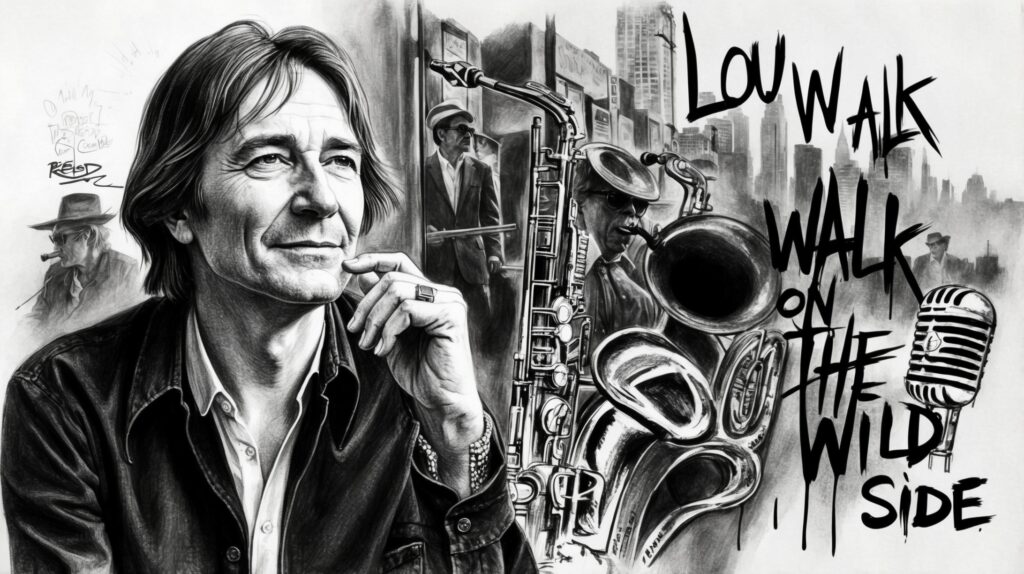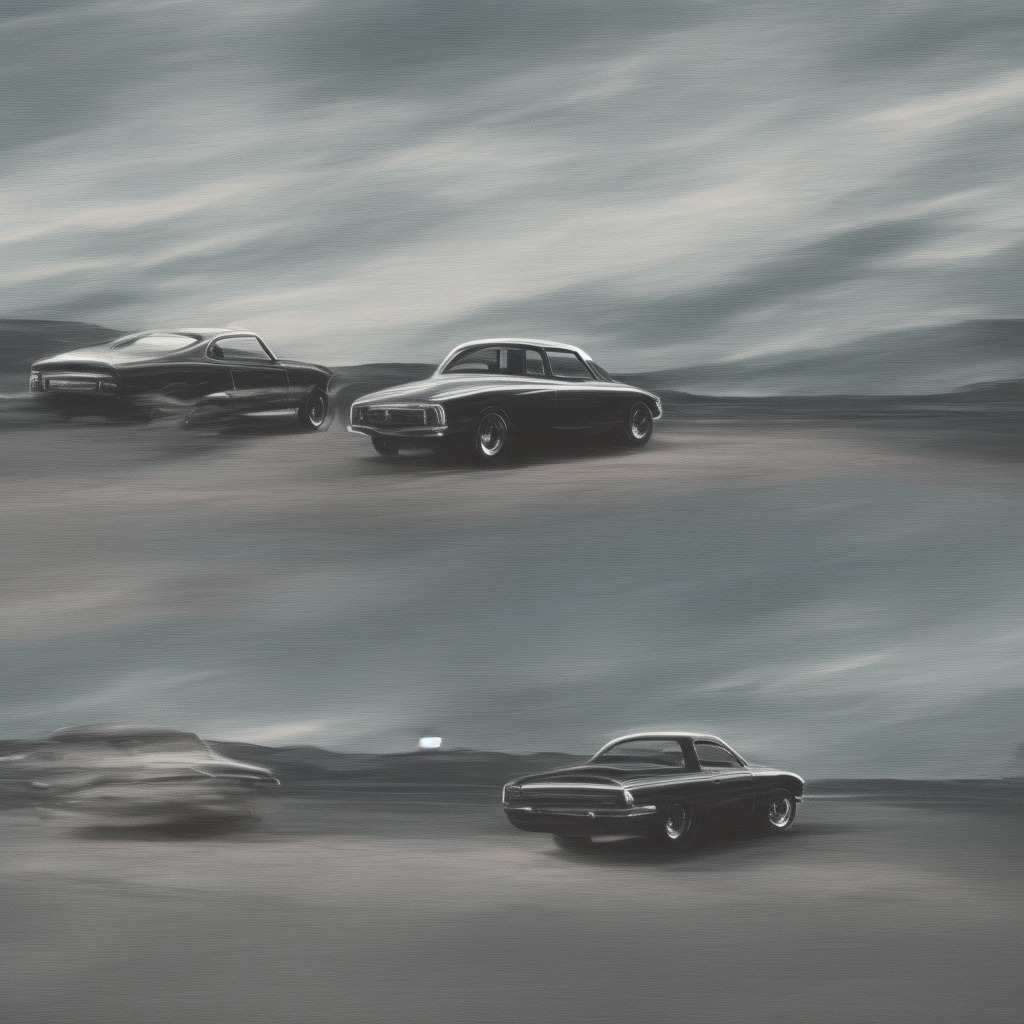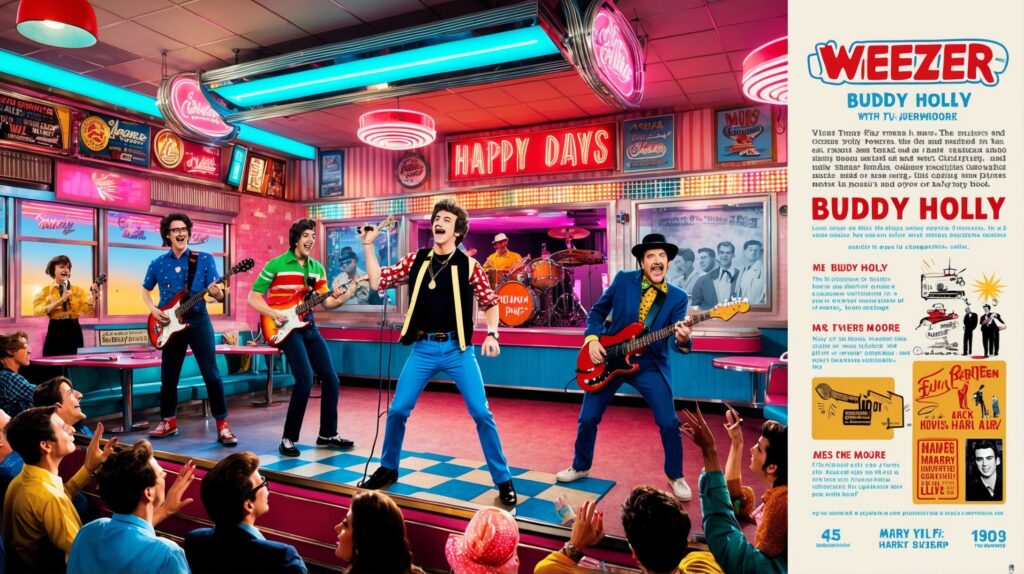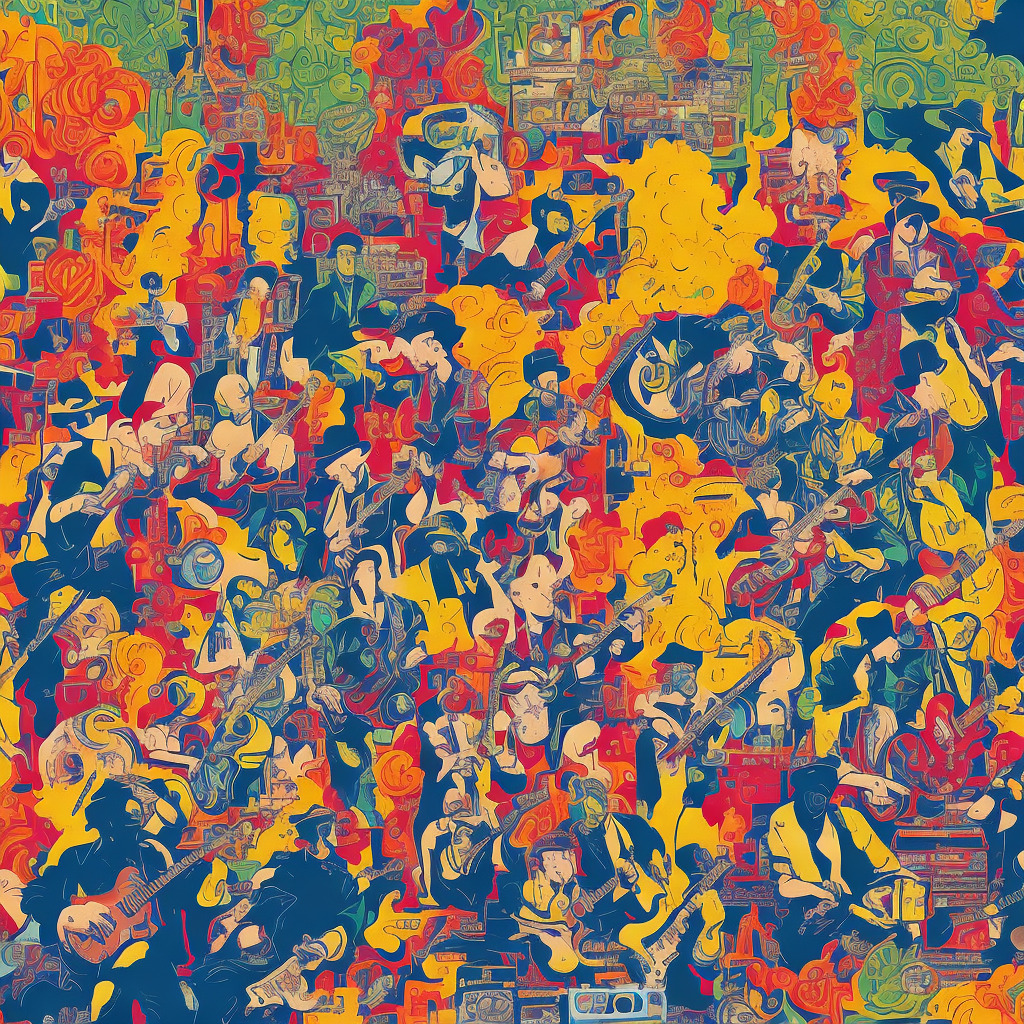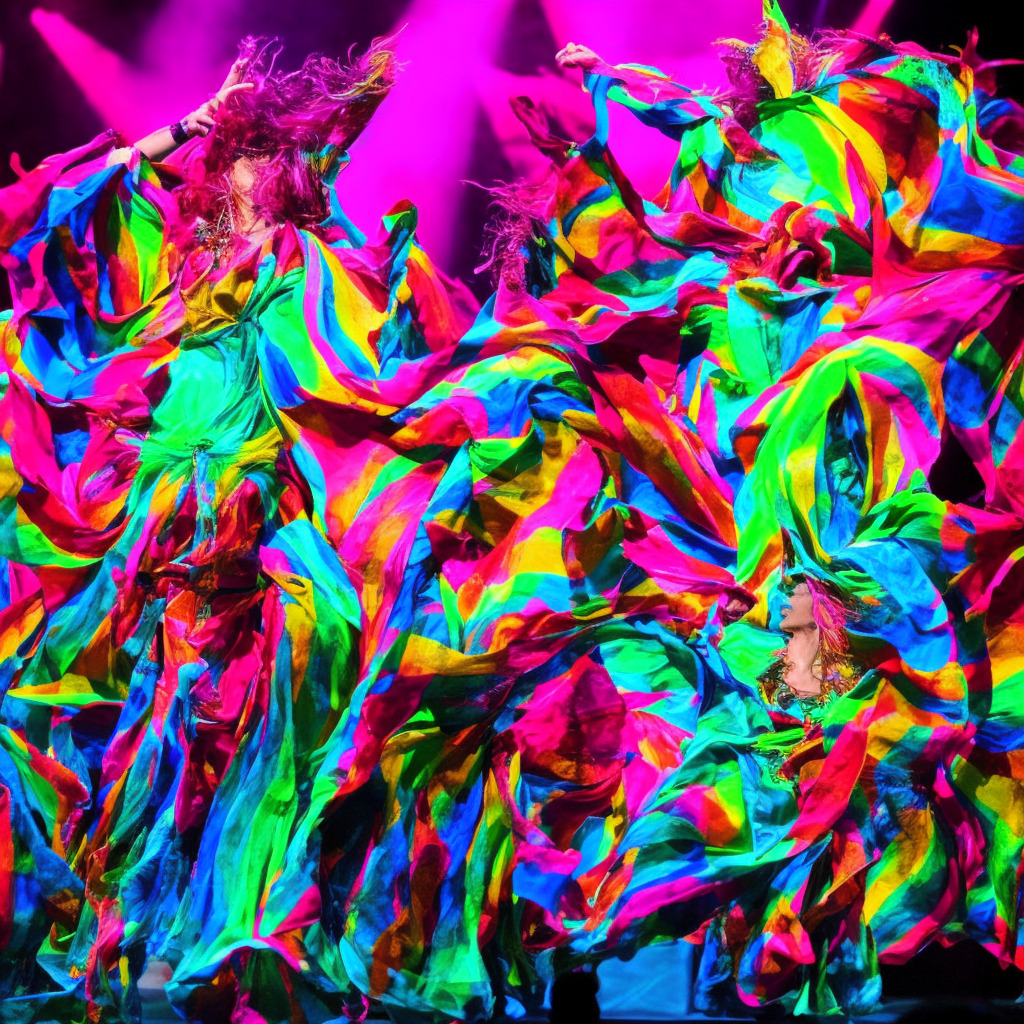Lou Reed: An Icon’s Journey and Legacy
Explore the intriguing journey of Lou Reed, whose career-defining song “Walk On The Wild Side” reflects his impact on music, his early influences, and collaboration in the vibrant 1970s music scene.
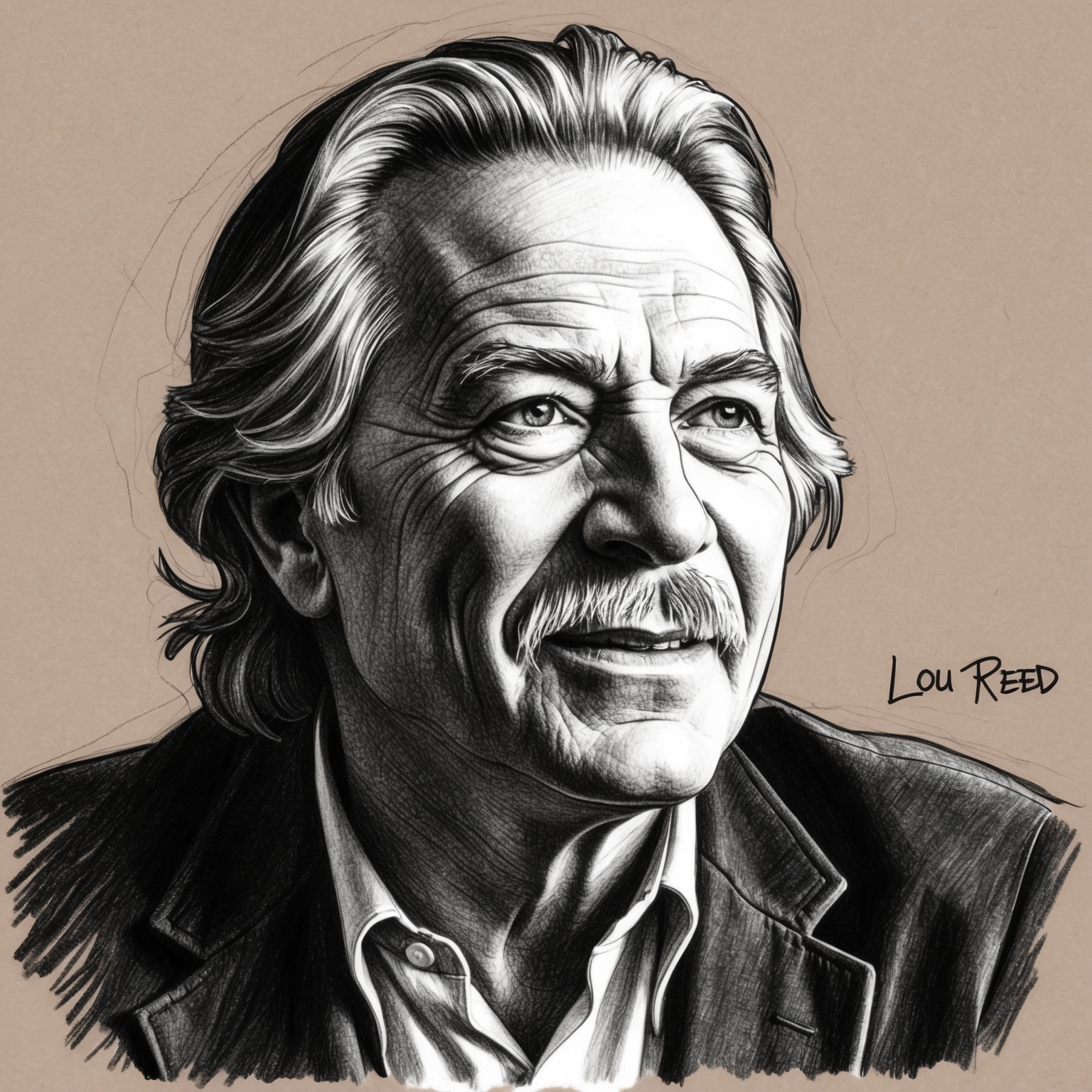
Lou Reed, a pivotal figure in the music world, achieved a striking balance between poetic prose and raw musical expression, especially with his seminal track “Walk On The Wild Side.” Known for pushing the boundaries of mainstream rock, Reed captivated audiences by weaving together elements of glam rock, avant-garde, and a touch of bohemian flair. This song remains a touchstone in his illustrious career, reflecting both his unconventional approach and his keen sense of empathy for society’s outsiders.
Born Lewis Allan Reed in Brooklyn, New York, in 1942, Reed’s early life laid the groundwork for his future explorations in sound and storytelling. Passionate about music from a young age, he was drawn to the stark realities of life, which would later define his artistic output. Discontent with the conventional constraints of his youth, Reed ventured into avant-garde territory with The Velvet Underground in the 1960s, a band that would thrive on experimentation and collaboration with visual artist Andy Warhol, who played a significant role in shaping their identity. These early experiences imbued Reed’s work with a rich depth and complexity that resonated with those ahead of their time.
“Walk On The Wild Side” emerged during a transformative phase in Reed’s solo career, released in 1972 as part of the iconic album “Transformer.” This period marked his collaboration with David Bowie and Mick Ronson, who served as producer and contributor, enhancing Reed’s bold narrative with glam rock sensibilities. The song captured the cultural zeitgeist, presenting fringe characters with remarkable empathy and nuance, steering New York’s underground scene into France’s mainstream focus. At the time, Reed broke new ground by addressing themes that were daring and often controversial, making him both a rebel and a revolutionary in the era’s musical landscape.
Exploring Lou Reed’s Role as a Composer
Lou Reed’s compositional prowess on ‘Walk On The Wild Side’ highlights his eclectic influences and raw storytelling, marking a pivotal moment in his career.

Lou Reed, the legendary frontman of The Velvet Underground, was also a profound composer whose work on ‘Walk On The Wild Side’ stands out as a testament to his genius. Born in Brooklyn, New York, in 1942, Reed’s musical journey began early, deeply rooted in rock, doo-wop, and the burgeoning underground music scene of the 1960s. As a student at Syracuse University, he was mentored by poet Delmore Schwartz, which significantly influenced his lyrical prowess.
Reed’s musical style is as eclectic as his influences. Known for his raw, realistic depictions of urban life, Reed drew inspiration from sources ranging from classic literature to avant-garde art. His time with The Velvet Underground, under the patronage of Andy Warhol, shaped his avant-garde sensibilities and introduced spirited storytelling into rock music. Reed’s compositions often straddled the line between realities and raw emotions, making his music intensely relatable yet profoundly innovative.
Reed’s collaboration with producer David Bowie on ‘Walk On The Wild Side’ was serendipitous, merging Bowie’s glam rock flair with Reed’s gritty narratives. Reed’s role as the composer was pivotal; his distinctive chord progressions and melodic structures formed the backbone of the song. The interplay between Reed’s music and the vivid, controversial lyrics offers a seamless narrative that resonates with listeners even decades later. His choice of a jazzy bass line and the saxophone solo contributed uniquely to the song’s allure.
Critical Acclaim and Artistic Inspirations
Explore the critical acclaim and enduring impact of Lou Reed’s ‘Walk On The Wild Side’ through notable cover versions, cultural appearances, and its lasting influence.

Lou Reed’s iconic song “Walk On The Wild Side” has garnered significant recognition since its release in 1972. While not showered with numerous awards, its impact on popular culture and its acknowledgment through various mediums highlight its enduring influence. For instance, the song did not receive major music awards, but its acclaim is found in its critical reception and cultural imprint.
One notable form of homage comes through the varied and creative covers made by an eclectic array of artists. Over the years, legendary musicians have paid their respects by interpreting “Walk On The Wild Side” in their distinct styles. Artists like Vanessa Paradis, Franz Ferdinand, and the Australian rock group The Saints have all offered unique takes on this classic track, ensuring it reaches new audiences with each rendition.
Furthermore, “Walk On The Wild Side” has made several appearances in pop culture, further cementing its legacy. The song has been featured in films such as “The Fifth Element” and “A Perfect Day,” along with TV shows like “The Blacklist” and “Cold Case.” Its unmistakable bassline also resonates in video gaming environments, enriching soundtracks and accentuating narrative scenes. These instances not only amplify the song’s widespread appeal but also acknowledge its artistic impact and timeless allure.
Journey Up the Charts: Lou Reed’s Iconic Hit
Explore the significant chart success of Lou Reed’s “Walk On The Wild Side,” a track that defied norms and captivated audiences with its bold storytelling.
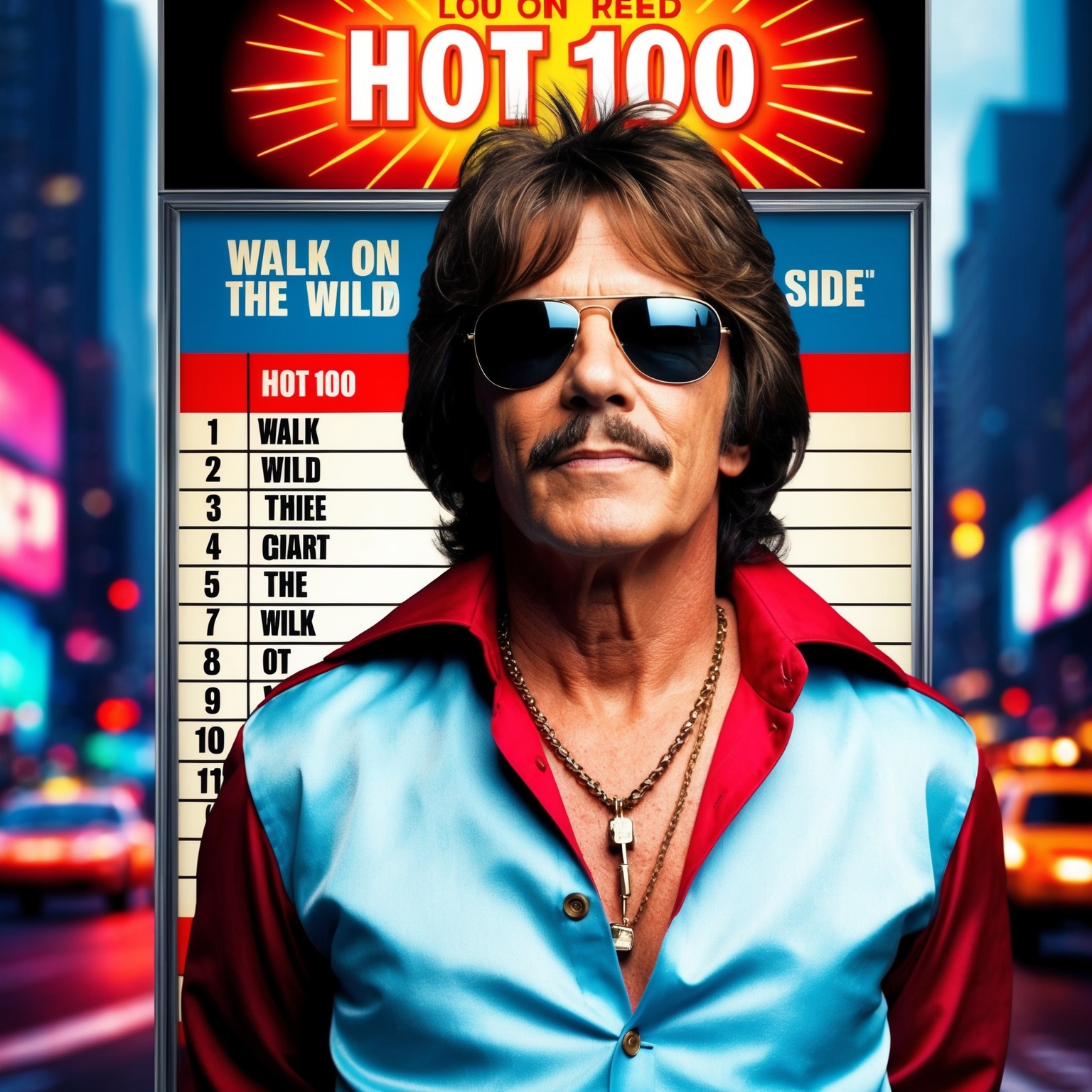
When Lou Reed’s “Walk On The Wild Side” made its debut in late 1972, it marked a significant point in Reed’s career, spotlighting his shift from the cult hero frontman of The Velvet Underground to a bona fide solo artist. Released as part of his second studio album, “Transformer,” the song secured a place on the Billboard Hot 100, peaking at No. 16 in early 1973. This was an impressive feat considering the song’s unique and experimental nature, both sonically and lyrically.
Compared to other chart-toppers of the early ’70s, “Walk On The Wild Side” stood out due to its bold storytelling and unconventional narrative. While tracks like Roberta Flack’s “Killing Me Softly With His Song” dominated the charts with smooth melodies and relatable themes, Reed’s composition offered an edgy, urban experience that resonated differently with audiences. The song’s commercial success was amplified by its controversial lyrics, which captivated both fans and critics alike.
The song was a pivotal moment in Reed’s career, as it introduced a wider audience to his work beyond the underground music scene. RCA Records capitalized on the song’s potential by crafting strategic marketing campaigns that emphasized Reed’s avant-garde persona. Its promotion included striking visuals and performances that captured the imagination of the public, ensuring that the song lingered in the cultural zeitgeist long after its initial chart run.
Exploring Visual Interpretations: Live Performances and Fan Tributes
Exploring the lack of an official music video for Lou Reed’s “Walk On The Wild Side,” this section highlights the song’s vibrant legacy through live performances and creative fan-made tributes illustrating its timeless themes.
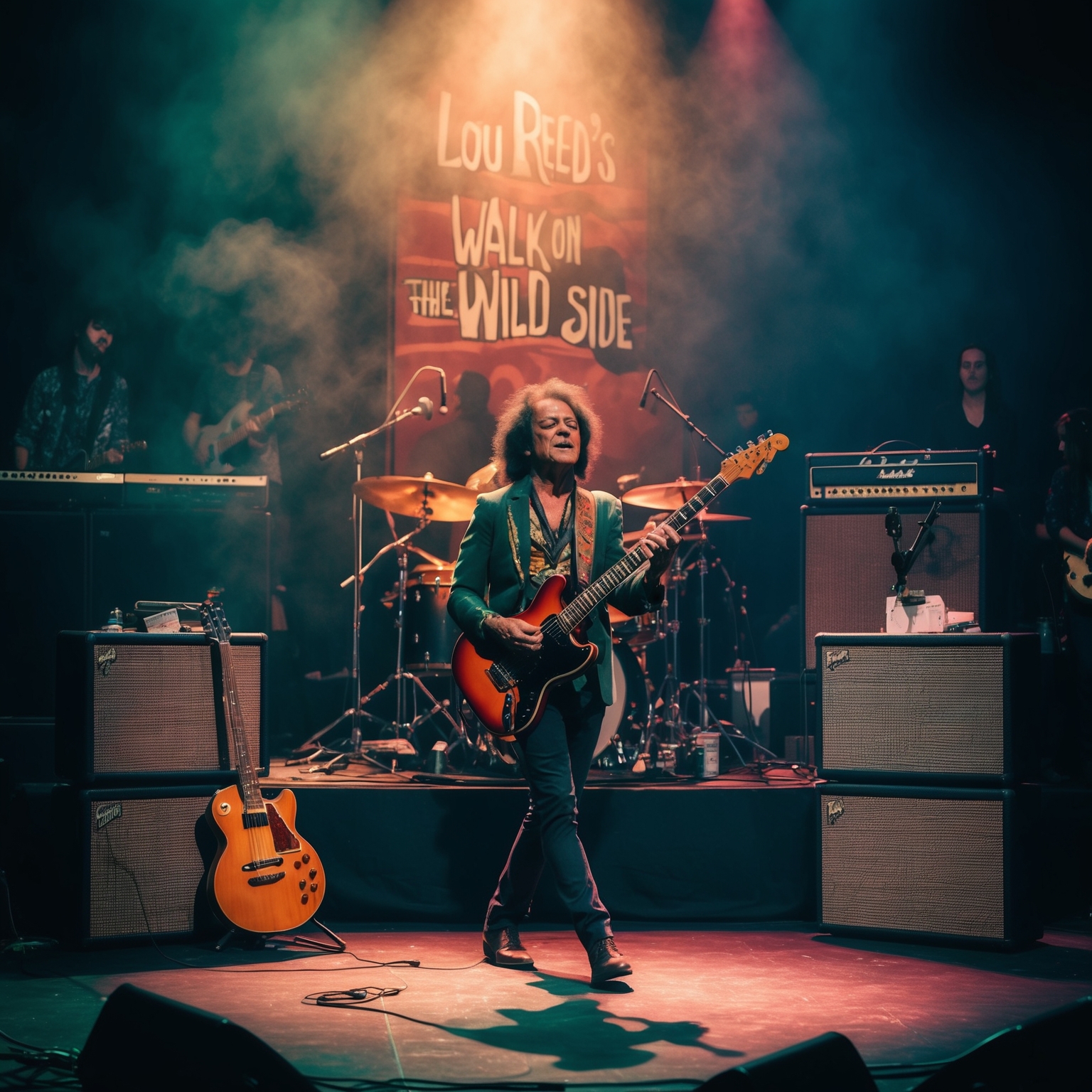
While Lou Reed’s iconic track “Walk On The Wild Side” does not have an official music video, the song’s profound influence has inspired countless visual interpretations over the years, ranging from live performances to creative fan tributes. These visuals play a significant role in keeping the song timeless, as they breathe new life into the enigmatic storytelling and musical innovation Reed initially laid out.
One compelling example is Reed’s live performances, which often encapsulated the raw essence and energy of the song. These renditions typically feature Reed’s characteristic delivery style—the almost spoken-word cadence—that further underscores the narrative essence of the track. Concerts and live sessions act as a canvas for Reed to delve deeply into the characters and scenes painted in the music, offering audiences both retrospective nostalgia and freshly nuanced experiences.
Fan-created videos also contribute to the song’s ongoing legacy. Often exploring the gritty and poignant themes “Walk On The Wild Side” addresses, these videos aim to capture its atmospheric tension and the social commentaries within its lyrics. Filmmakers and amateur videographers alike bring their interpretations of New York City’s underground and countercultural movements to life, mirroring the evocative nature of Reed’s storytelling. Such grassroots contributions keep the song relevant and vibrant within modern contexts, offering new perspectives that resonate with each generation.
Technical Elegance of Lou Reed’s ‘Walk On The Wild Side’
Delve into the technical intricacies of Lou Reed’s ‘Walk On The Wild Side’, exploring its musical simplicity and profound depth. Discover how the song’s structure, instrumentation, and recording sessions contributed to its iconic status.

The song “Walk On The Wild Side” by Lou Reed is a masterful display of musical simplicity that is both striking and compelling. Written in the key of C major, the song’s chord structure is notably uncomplicated, featuring a cycle of simple chords that provide an almost hypnotic underpinning to Reed’s story-driven lyrics. The chord progression mainly oscillates between C, F, and G chords, maintaining a relaxed and flowing tempo of approximately 119 beats per minute. This tempo choice supports the narrative style, allowing listeners to focus more on the lyrical content while being gently carried along by the music.
Analyzing the melody, harmony, and rhythm of the song reveals an exquisite balance between monotony and intrigue. Lou Reed’s vocal delivery is laid-back and almost conversational, which contrasts with the lushness of the background harmonies. The harmonic structure is enriched by the female backing vocals arranged by David Bowie, adding a dimension of depth and texture that complements the straightforward melody line. The rhythm section, featuring a steady drum beat and the use of prominent bass guitar, contributes to the song’s distinctive groove which has enthralled audiences.
The instrumentation plays a vital role in the song’s unique sound. Apart from the dominant bass line, the use of saxophone solos during the instrumental breaks enhances the overall jazz-influenced vibe. Acoustic guitars and subtle piano lines interspersed throughout the track add layers without overwhelming the main vocal line. When placed within the context of Reed’s discography, “Walk On The Wild Side” stands out not only for its daring subject matter but also for its musical composition, which marked a departure from the more avant-garde style of The Velvet Underground. This track highlights Reed’s evolution towards more accessible musical forms while maintaining a profound lyrical depth.
The recording of “Walk On The Wild Side” took place at Trident Studios in London, under the expert production of David Bowie and Mick Ronson. An interesting anecdote from the session involves the improvisational creation of the bass line, which is said to have been developed on the spot, underscoring Reed’s preference for organic, spontaneous musical creation.
Exploring the Depths of ‘Walk on the Wild Side’
A lyrical journey exploring identity, individuality, and cultural references in Lou Reed’s ‘Walk on the Wild Side’.
Hitch-hiked her way across the USA
Plucked her eyebrows along the way
Shaved her legs and then he was a she
She says, “Hey babe, take a walk on the wild side”
Said, “Hey honey, take a walk on the wild side”
Candy came from out on the Island
In the backroom, she was everybody’s darling
But she never lost her head
Even when she was giving head
She says, “Hey babe, take a walk on the wild side”
Said, “Hey babe, take a walk on the wild side”
And the colored girls go
Doo, do-doo, do-doo, do-do-doo
Doo, do-doo, do-doo, do-do-doo
Doo, do-doo, do-doo, do-do-doo
Doo, do-doo, do-doo, do-do-doo
Doo, do-doo, do-doo, do-do-doo
…
******* This Lyrics is NOT for Commercial use *******
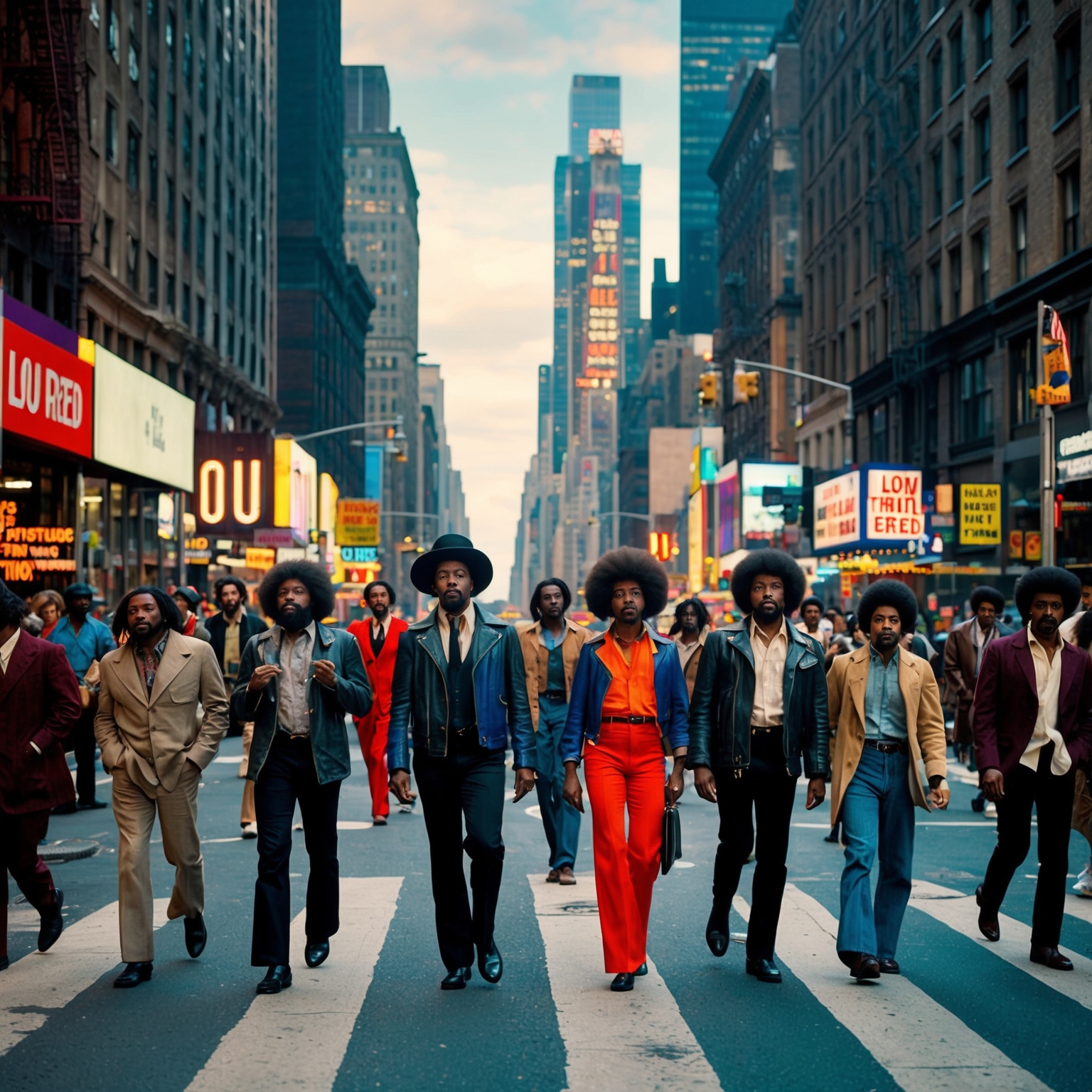 Lou Reed’s iconic song ‘Walk on the Wild Side’ takes listeners on a journey through the eclectic and often marginalized lives of its characters. The lyrics, at first glance, might seem straightforward, but delve deeper, and you’ll find provocative themes and an intriguing narrative.
Lou Reed’s iconic song ‘Walk on the Wild Side’ takes listeners on a journey through the eclectic and often marginalized lives of its characters. The lyrics, at first glance, might seem straightforward, but delve deeper, and you’ll find provocative themes and an intriguing narrative.
The song narrates the stories of various figures from Andy Warhol’s New York circle, each representing a distinct slice of countercultural life in the metropolis during the early 1970s. These vignettes are told with a matter-of-fact tone, drawing listeners into a world where gender fluidity, sexuality, and identity are unapologetically expressed. The themes resonated significantly during the time the song was released, reflecting the burgeoning discourse on LGBTQ+ issues and societal norms.
Reed employs a third-person narrative, allowing him to weave multiple perspectives into a cohesive story. This lends a voyeuristic quality to the song, whereby the listener is invited to observe the lives of characters like Holly, Candy, and others. Despite the potentially controversial subject matter, the narrative maintains a sense of empathy and celebration of individuality, challenging societal taboos.
The use of literary devices enhances the lyrical impact. Metaphors, vivid imagery, and alliteration enrich the text, inviting listeners to explore the deeper meanings. ‘Plucked her eyebrows along the way / Shaved her legs and then he was a she’ offers stark yet poetic imagery about transformation and self-identity.
Cultural references abound in the song, drawing from real-life figures in Reed’s world. These references ground the song in a strikingly tangible reality, resonating with audiences familiar with the New York art scene of the era. Despite initial controversy, the song’s honesty and unabashed look at life’s more unorthodox sides have contributed richly to its cultural legacy.
The lyrics’ emotional resonance cannot be overstated. They evoke a sense of empathy, understanding, and a touch of rebellion. Reed’s calm, almost nonchalant delivery underscores these emotions, making the lyrics powerful without being polemic. The relatability and openness of the lyrics likely played a role in the song’s enduring popularity.
While the song is rooted in historical and cultural specifics, its universal appeal lies in its celebration of individuality and exploration of what it means to truly ‘take a walk on the wild side.’ The clever wordplay and deliberate language choices contribute to a timeless quality that continues to engage new generations.
🎸 Did you know? Lou Reed’s Walk On The Wild Side featured every character Andy Warhol loved! 🎶 Dive into NYC’s 70s vibe with a twist! #LouReed #WalkOnTheWildSide #ClassicRock #70sMusic 🌟 tinyurl.com/ev7eer3r
Click to Tweet

